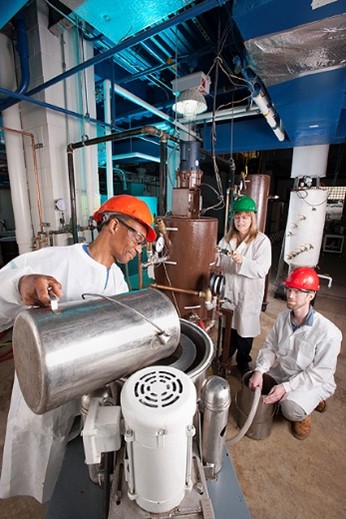Value-Added Producer Grants (VAPG) are administered by the USDA’s Rural Business – Cooperative Service (RBCS) and DIS has experience in helping clients apply for them and to use the resulting grant funds for business planning.
The VAPG program has been around since its first authorization in 2001. It was boosted this year to $31 million grant funds from $20 million (total) in 2021. This year’s funds, announced on March 17, represent a 60% increase over the year 2022. Total annual funds provided through the VAPG program have varied from $17 to $30 million over the past six years.
Grant Amount: for business planning, up to $75,000 of VAPG funds can be requested or up to $250,000 for working capital. A 50-50 cost-share (i.e., 100% match of the requested funds) is required. Grant funds can be expensed over 36 months (about 3 years).
The primary goals of the VAPG program are to help agricultural producers get into value-added markets, expand those markets, and to increase their financial returns. It is USDA’s goal that this program will lead to a stronger rural economy.
Eligible uses of the VAPG funds for “planning”. “Examples of planning activities include conducting feasibility studies, developing business plans for processing and marketing the proposed value-added product, and creating marketing strategies for the new value-added product.
Examples of working capital expenses that a VAPG Working Capital grant can cover, includeing processing costs, marketing, and advertising expenses. These eligible expenditures are specifically defined by the USDA as including:
- Processes that change the physical state of a farm-produced product
- Changing a farm-level production method in a way that adds value (this could include segregating a product)
- Marketing activities (like setting up a produce stand)
- Renewable energy supplied by a farm product.
Business expenses that can be covered by VAPG funds include website design, customized marketing, and promotion materials for one’s products, designing signage, and others.

[Photo: U.S. Department of Agriculture]
Role of USDA-RD State Offices and Consultants: Applying for federal grants can be complicated and especially for new, startup businesses. The state USDA-RD office specialist-in-charge of VAPG can be of great assistance in answering questions and checking over a grant application.
There are two roles that consulting firms like DIS can play in assisting in the grant application process. One role is for DIS to apply its business analytics skills and access to databases to refine a VAPG application. The other role is to meet the required “disinterested third-party feasibility study” requirement for VAPG requests that exceed $50,000. Not only can DIS fulfill the requirement for the feasibility study, but it can also help write a startup’s business plan.
Lastly, a consulting firm such as DIS can be another “set of eyes” that can review the overall application and look for any errors or aspects of the application that miss requirements as spelled out in the Federal Register and/or the USDA grant template.
The Decision Innovation Solutions team has experience within USDA-RBCS and with farmer associations in assisting groups develop feasibility studies that are a required within the applications, as well as business planning that a successful grant award may fund.
Businesses interested in DIS services for USDA grant applications and/or related business planning are asked to contact DIS early in the grant cycle process. Applicants should begin their process at least two to three months before the USDA deadlines.

